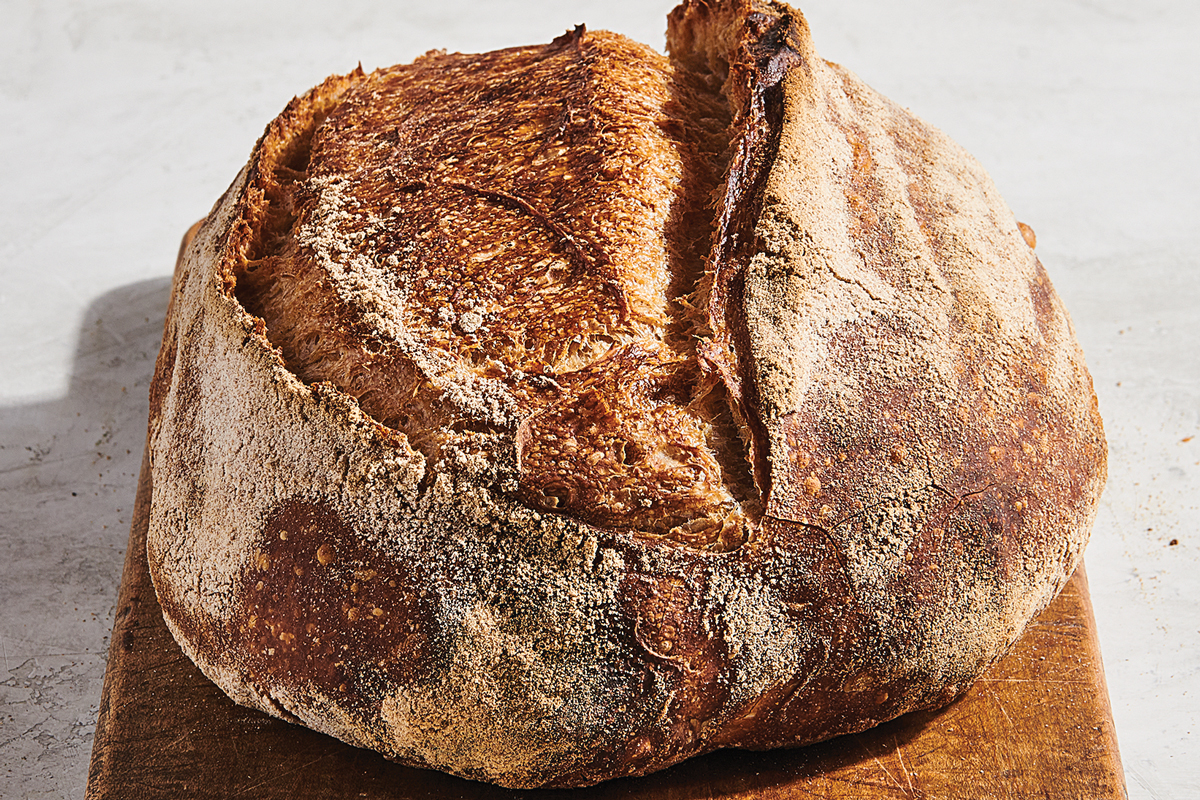French flour is milled differently, it performs differently. So even though it is in 11% range, if it is a French cultivar and milled in the French way, it will have more strength than other flours because of the way it is milled.
In the US, the wheat kernel is separated into bran, germ, and endosperm. The three parts are milled separately.
The endosperm is also milled so the flour milled from the center is separated from the flour milled closest to the outer layer of the endosperm.
The flour from the innermost part of the endosperm is top patent flour.
The flour from the outer part of the endosperm is second patent flour.
These milled parts are referred to as flour streams.
The streams are selectively blended with the milled bran and germ to make the various types of flours.
- bread flour
- all purpose flour
- pastry flour
- cake flour
So the wheat kernel is highly refined to allow the mill to make every possible type of flour.
Mills also frequently blend different wheat cultivars in order to deliver certain dough characteristics and performance qualities. And mills rarely state that fact on their sacks.
French flour is milled from different cultivars than American flours. It is not highly refined in the milling process like other flours.
The endosperm is not separated in to outer and inner flours. This changes the starch composite of the patent flour as a whole. The flour from the inner endosperm is purest of starch. It is stripped on all nutrients. Despite it’s lack of nutrients, it is popular in commercial baking because it produces a soft light, crumb and rises well. And it is very popular among home bakers in a lot of countries, including US, UK, Canada, of late throughout Asia.
But the French love their bread. And they have never been big on baking at home. Bakeries are ubiquitous in France and part of daily life. So the flour industry in France has always held to the standard of the professional bakers.
So while Americans and other countries highly refined the wheat, separate the kernel and mill each section separately, then re-blend flours to make a bunch of different flours, the French mill flour to make the best bread. They mill, then sift. So even though some bran and germ is sifted out, the composition of the flour is different because milling the whole kernel and endosperm leave more trace elements in the flour and changes the starch composition. It is the reason a French flour will have more color than a similar refined flour. And the reason it will have more volume and strength than the more processed flour.
T65 is used for baguettes and breads in France.
Flours from every country is vastly different because of the cultivars and milling.
There are some Canadian and American mills that mill in the French methods. And they mill excellent flours. Don’t get me wrong.

